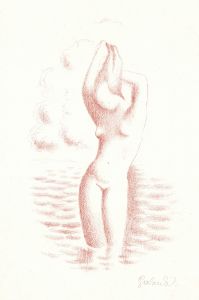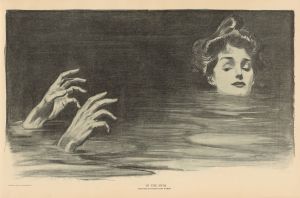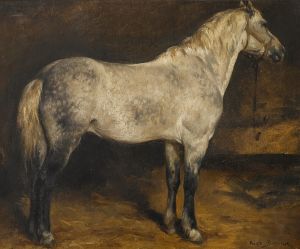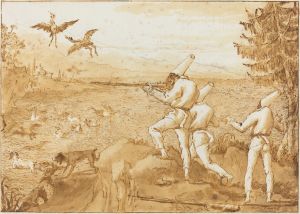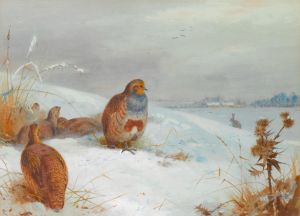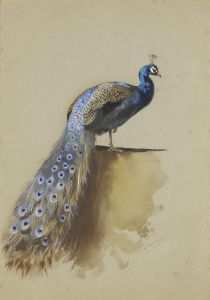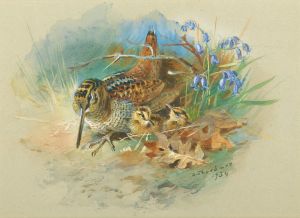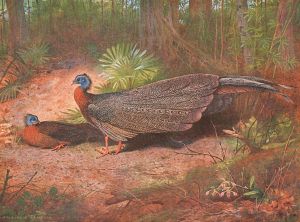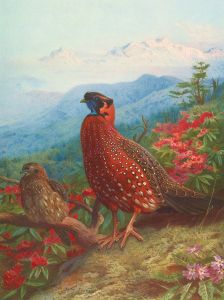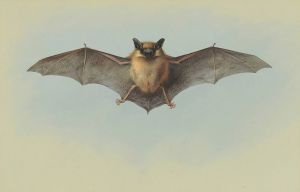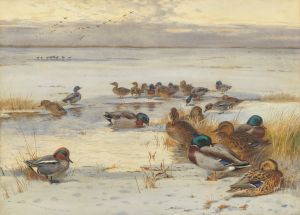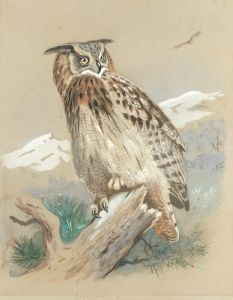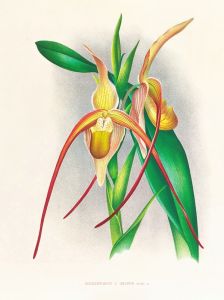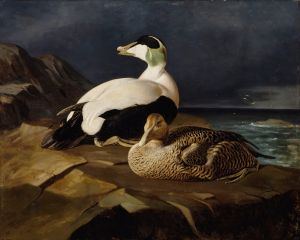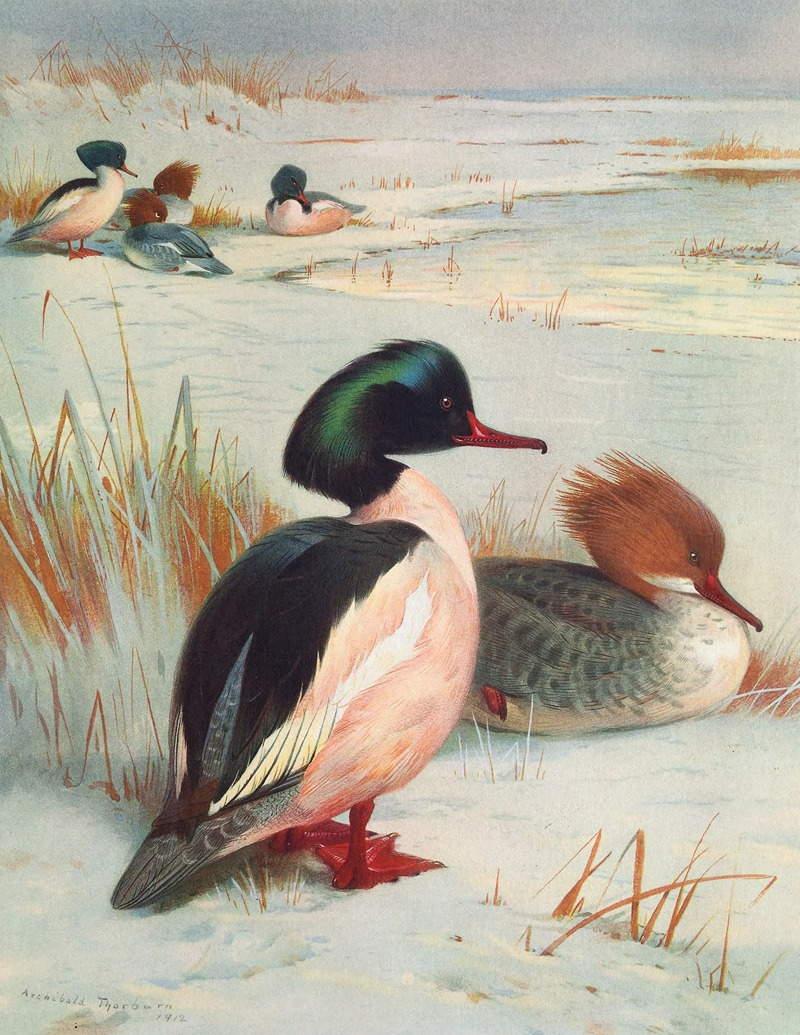
Goosander
A hand-painted replica of Archibald Thorburn’s masterpiece Goosander, meticulously crafted by professional artists to capture the true essence of the original. Each piece is created with museum-quality canvas and rare mineral pigments, carefully painted by experienced artists with delicate brushstrokes and rich, layered colors to perfectly recreate the texture of the original artwork. Unlike machine-printed reproductions, this hand-painted version brings the painting to life, infused with the artist’s emotions and skill in every stroke. Whether for personal collection or home decoration, it instantly elevates the artistic atmosphere of any space.
Archibald Thorburn (1860-1935) was a Scottish artist renowned for his detailed and lifelike paintings of wildlife, particularly birds. One of his notable works is "Goosander," which exemplifies his skill in capturing the essence of avian subjects in their natural habitats.
Thorburn was born in Lasswade, near Edinburgh, and developed an early interest in natural history and art. He studied at St John's Wood School of Art in London and quickly gained recognition for his talent. His meticulous attention to detail and ability to depict birds with remarkable accuracy made him a sought-after illustrator for various ornithological publications.
"Goosander" is a painting that showcases Thorburn's expertise in portraying the goosander, a large duck species known for its striking appearance and diving capabilities. The goosander, also known as the common merganser (Mergus merganser), is native to Europe, North America, and parts of Asia. It is characterized by its slender body, long neck, and sharp, serrated bill, which it uses to catch fish.
In this painting, Thorburn captures the goosander in a serene and natural setting, likely by a freshwater lake or river, which is typical of the bird's preferred habitat. The composition highlights the bird's elegant form and distinctive plumage. Male goosanders are depicted with their glossy green heads, white bodies, and black backs, while females have a more subdued coloration with reddish-brown heads and grey bodies.
Thorburn's use of color and light in "Goosander" is particularly noteworthy. He employs a soft, natural palette that enhances the realism of the scene. The careful rendering of the water, reflections, and surrounding vegetation adds depth and context to the painting, making it a vivid representation of the bird in its environment.
Throughout his career, Thorburn's work was highly regarded by both the scientific community and art enthusiasts. He contributed illustrations to several important ornithological works, including "The Birds of the British Isles" by Lord Lilford and "British Birds" by W. H. Hudson. His paintings were also exhibited at prestigious venues such as the Royal Academy of Arts in London.
Thorburn's dedication to his craft and his ability to observe and depict wildlife with such precision have left a lasting legacy in the field of wildlife art. "Goosander" is a testament to his skill and passion for capturing the beauty of the natural world. Today, his works continue to be appreciated for their artistic merit and their contribution to the documentation of bird species.
In summary, "Goosander" by Archibald Thorburn is a fine example of the artist's talent in wildlife painting. It reflects his keen observation skills, mastery of technique, and deep appreciation for the natural world. Thorburn's work remains influential and celebrated, cementing his place as one of the foremost wildlife artists of his time.





